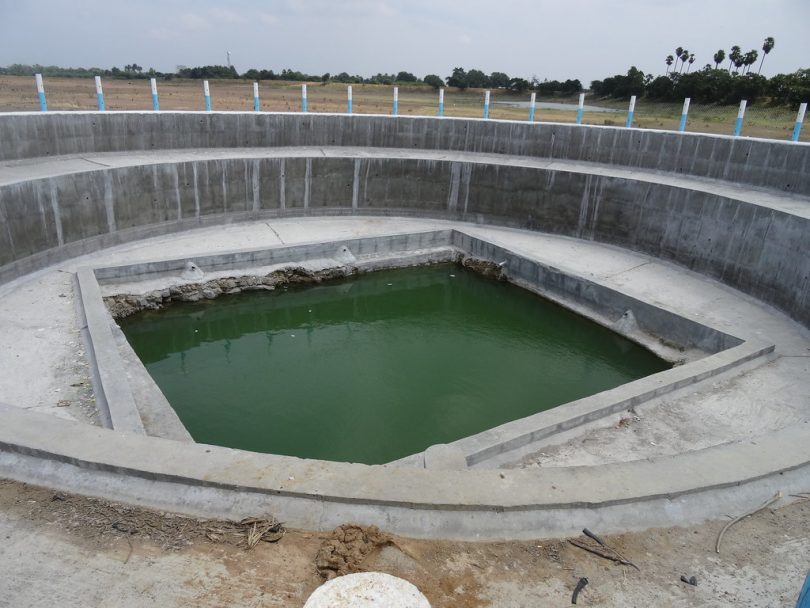Farming requires lots of water which is why irresponsible irrigation practices like diverting water from streams and rivers can cause major damage to wildlife and disrupt the natural balance and flow.
The magnitude of the need for cannabis makes responsible irrigation practices in cannabis farming imperative, especially in states like California that are known both for their cannabis and their droughts.
This is why a team of researchers from the Cannabis Research Center at UC Berkeley delved into water-source data and the irrigation practices of cannabis farms with permits in the top eleven cannabis producing counties throughout California including Humboldt, Lake, Mendocino, Monterey, Nevada, San Luis Obispo, Santa Barbara, Santa Cruz, Sonoma, Trinity, and Yolo. [1]
The researchers point to the fact that, in California, cannabis farms are often located in areas that don’t have access to “centralized water conveyance systems or regulated groundwater basins” like many other common agricultural crops. This stemmed from the plant’s illegality, which forced cultivators into more remote regions. Despite the transition from taboo plant to legalized, taxed commodity, the authors relate that the current geographic distribution of the farms still correlates to the “legacy of prohibition.”
The good news is that the cannabis farms considered rarely relied on streams for water. However, the irrigation source of choice for most of them – groundwater wells – is hardly a safer alternative, if at all.
“Wells drilled near streams in upland watersheds have the potential to cause rapid streamflow depletion similar to direct surface water diversions,” Theodore Grantham, one of the researchers, explains. The removal of water from these wells may perturb surface water and aquatic ecosystems by taking water that would have found its way into streams.
In nine of the eleven counties, groundwater wells accounted for more than 75% of cannabis farms’ water use. Moreover, in eight of those counties, over 25% of the farms tapped into wells that are “located outside of groundwater basins subject to state groundwater use regulations.”
“Most of the cannabis farms fall outside of the groundwater basins regulated under SGMA (The Sustainable Groundwater Management Act), so well use represents an important, but largely unregulated threat to streams in the region,” Grantham says.
The researchers identify this as a glaring information gap that needs to be addressed.
As can be expected, the larger the cannabis farm and its acreage, the more groundwater it used for irrigation, whereas farms that have their own streams and/or received more rainfall used less groundwater.
It’s also important to note that these findings don’t cover the full extent of groundwater use for cannabis farming in California – there’s also the unregulated farms.
“The output of a machine learning model trained with data from permitted farms in Northern California suggests that the majority (60%) of unpermitted farms are likely to use groundwater wells if they follow the same patterns as the regulated industry.”
This study underlines the need for further research that would raise awareness on the consequences of groundwater use, especially outside of regulated groundwater basins.
Image Credits: Water Alternative Photos
Reference
[1] Dillis C, Butsic V, Carah J, Zipper S, Grantham T. Cannabis farms in California rely on wells outside of regulated groundwater basins. Environ. Res. Commun. 2021;3:075005. [journal impact factor = 2.104; times cited = 0]







